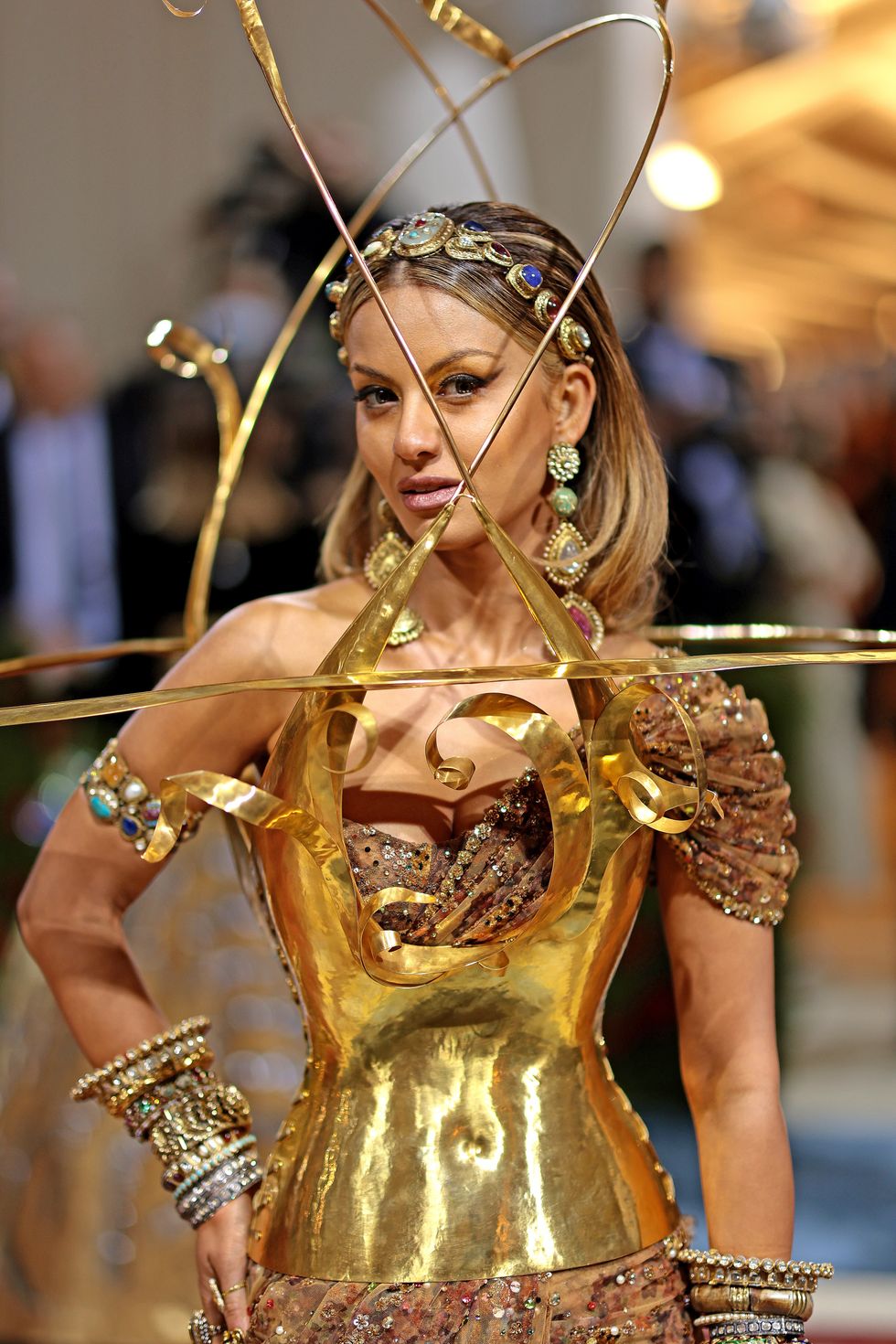TORY leadership contender and former immigration minister Robert Jenrick has called for tougher measures against countries, including India, that refuse to take back illegal migrants from the UK.
He proposed imposing visa bans on nations such as India, Iraq, and Vietnam, which have been slow to accept the return of their nationals residing illegally in Britain, reported the Telegraph.
In his opinion, the goal should be to increase the number of deportations to over 100,000 per year, five times the current rate.
Speaking ahead of the Tory conference in Birmingham, Jenrick outlined a plan that includes suspending visa routes for countries that fail to co-operate. This would cover work, student, and tourist visas.
For example, India, which received 250,000 UK visas last year, has an estimated 100,000 nationals living illegally in the UK, yet the number of deportations remains very low.
Similarly, despite Vietnam being a significant source of small boat arrivals, only a few of its nationals have been returned, despite the UK granting nearly 19,000 visitor visas to Vietnamese citizens last year.
Despite Vietnam being a significant source of small boat arrivals, only a few of its nationals have been returned.According to the former minister, countries benefiting from the UK's generosity should face consequences if they do not co-operate in taking back their nationals. He suggested that foreign aid should be made conditional on such co-operation.
For instance, Iraq has received £400 million in UK aid over the past decade, yet only 150 illegal migrants were returned in the same period, despite thousands of Iraqis crossing the Channel.
Other countries, including Somalia, Afghanistan, and Ethiopia, have also received substantial UK aid, but returns have been minimal. Somalia, for instance, has received £542 million in aid, but only 13 people were deported back in 2023.
Jenrick said that foreign aid budgets should be directly linked to a country’s willingness to accept the return of its nationals.
In addition to tightening visa rules, Jenrick has called for new legislation to classify countries like Vietnam, Turkey, and Brazil as safe for returns. This would enable the UK to create fast-track agreements similar to those in place with Albania, expediting the deportation process for illegal migrants and foreign criminals.
Jenrick also reiterated his stance on the European Convention on Human Rights (ECHR), urging the UK to leave the convention. In his opinion, this would simplify the process of deporting foreign offenders.
Currently, there are nearly 12,000 foreign criminals in the UK awaiting deportation, many of whom have remained in the country for years after completing their sentences. Jenrick pointed out that 12 per cent of the prison population in England and Wales consists of foreign criminals, costing taxpayers £47,000 per inmate each year.
Furthermore, Jenrick called for stronger measures to crack down on illegal work in the UK, particularly within the gig economy and black market. He argued that companies enabling illegal work should be held criminally accountable.
Closing legal loopholes that allow workers to share accounts or substitute for others in these industries is also a key part of his plan.
Jenrick said that these proposals aim to significantly reduce illegal migration which is placing a heavy burden on communities and taxpayers.
He stressed that while deportations have fallen dramatically over the past two decades, the number of illegal migrants soared, demanding immediate and fundamental changes.







 Vogue 1940; Designer Elsa Schiaparelli wearing black silk dress with crocheted collar of her own design and a turbanFredrich Baker/Condé Nast via Getty Images
Vogue 1940; Designer Elsa Schiaparelli wearing black silk dress with crocheted collar of her own design and a turbanFredrich Baker/Condé Nast via Getty Images 'Tears' Evening dress and head veil, designed by Elsa Schiaparelli, February 1938 for Circus Collection, summer 1938. Fabric designed by Salvador Dali Victoria and Albert Museum, London
'Tears' Evening dress and head veil, designed by Elsa Schiaparelli, February 1938 for Circus Collection, summer 1938. Fabric designed by Salvador Dali Victoria and Albert Museum, London Natasha Poonawalla attends The 2022 Met GalaGetty Images
Natasha Poonawalla attends The 2022 Met GalaGetty Images  Vogue 1936; Two models, standing in a white room with arrows painted on walls and wearing dresses by Schiaparelli;Cecil Beaton/Condé Nast via Getty Images
Vogue 1936; Two models, standing in a white room with arrows painted on walls and wearing dresses by Schiaparelli;Cecil Beaton/Condé Nast via Getty Images











 Sri Lanka's Kusal Mendis celebrates after scoring a century (100 runs) during the match. (Photo by ISHARA S. KODIKARA/AFP via Getty Images)
Sri Lanka's Kusal Mendis celebrates after scoring a century (100 runs) during the match. (Photo by ISHARA S. KODIKARA/AFP via Getty Images)